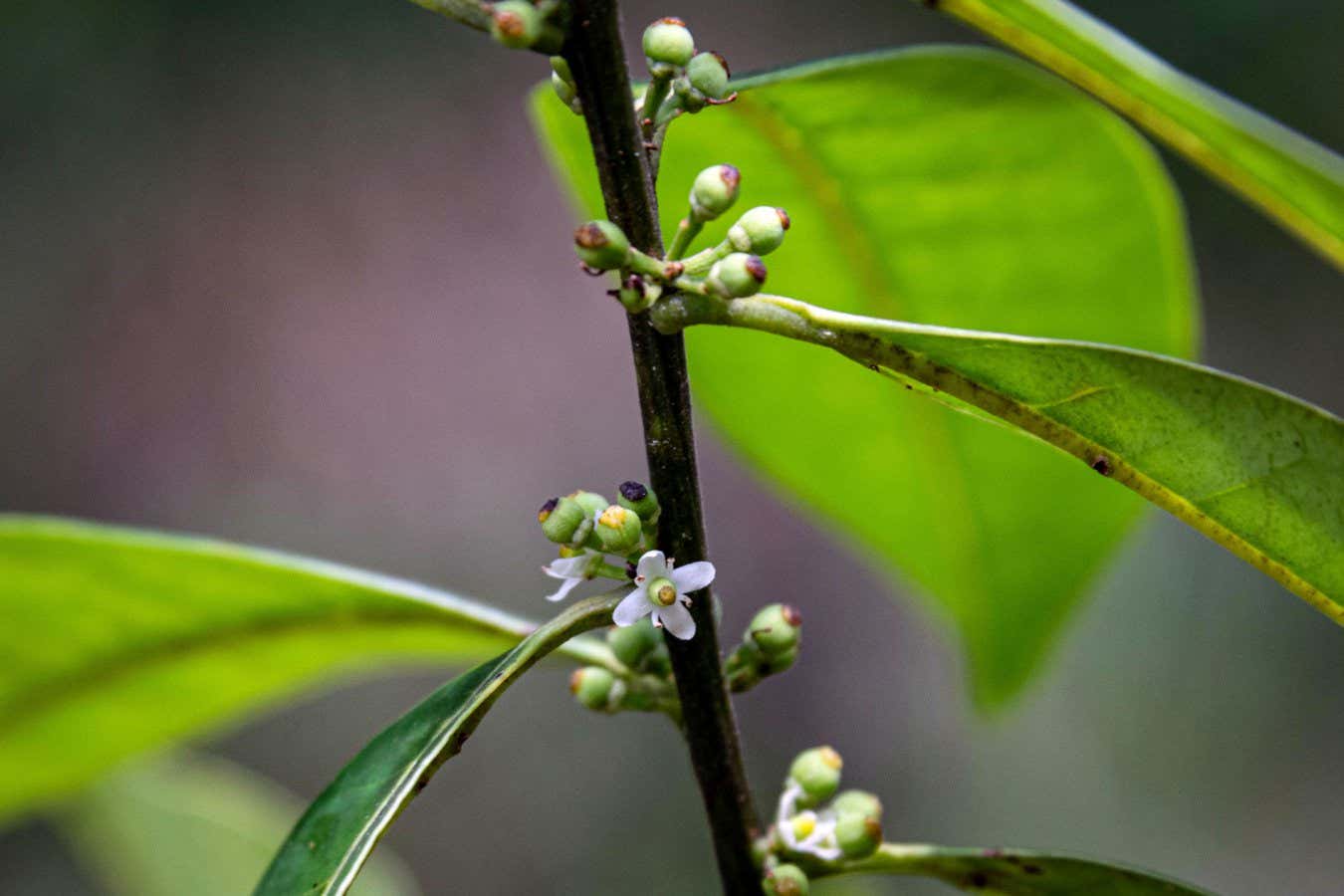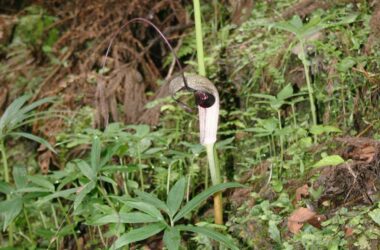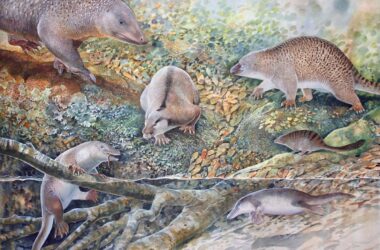A holly tree species in north-east Brazil that was last seen almost two centuries ago and was thought to be extinct has been rediscovered by scientists. The Pernambuco holly (Ilex sapiiformis) tree, which was first identified in 1838, was found by researchers led by Gustavo Martinelli at Navia Biodiversity in Rio de Janeiro. The team spotted the small, white flowers of four Pernambuco holly trees in forests within Igarassu after months of research and days of searching.
It is remarkable that the trees were found in a metropolitan area with nearly 6 million people, considering that the region was once dense forest but is now mostly urban areas and sugar cane plantations. The rediscovery of the Pernambuco holly is significant for conservation efforts, as it is one of the 25 most wanted lost species in the Search for Lost Species program by the conservation group Re:wild. This marks the ninth rediscovery of a lost species since the program launched in 2017.
The Pernambuco holly is a dioecious tree with separate male and female reproductive organs. The team identified two male trees and two female trees. Researchers at the Botanical Garden of Recife will now study the trees to determine how best to conserve the species. They plan to monitor the site weekly to see if the trees produce fruit and hope to collect their seeds for germination.
This rediscovery emphasizes the importance of continuing to search for lost plant species. Even if they have not been sighted for many years, plants play a vital role in ecosystems. The Pernambuco holly serves as a reminder that these species may still exist in the last remaining pockets of the wild.








